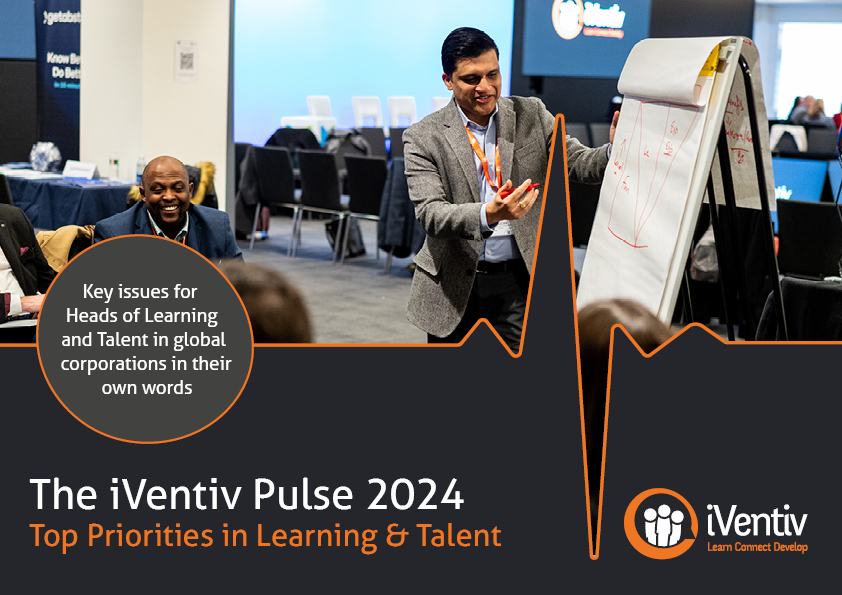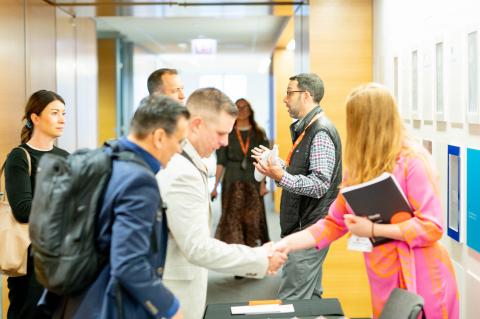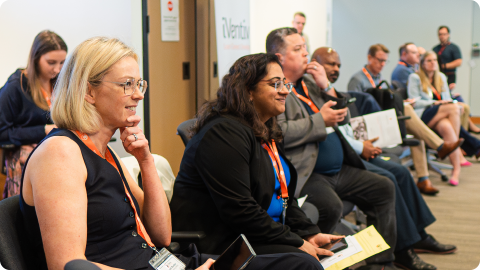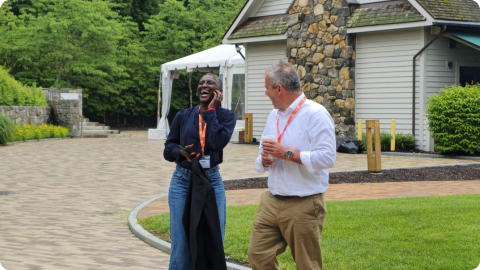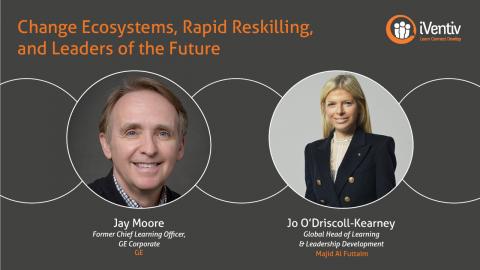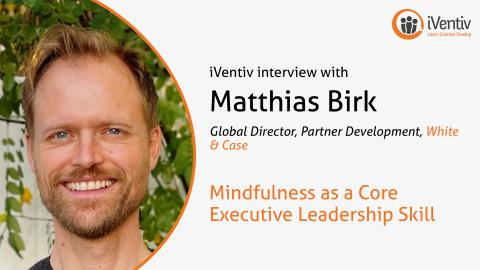What are the priorities driving global Heads of Learning, Talent, and Leadership? Before every iVentiv event, we ask you to tell us what areas you’re focusing on, and what questions you want to ask your fellow participants.
In the iVentiv Pulse Report we’ve brought together the views of 824 Global Heads of L&D, Talent, and Executive Development to understand the key trends and priorities that are driving Learning and Talent in 2024.
Learning and Talent leaders are grappling with creating learning cultures, adapting to AI, and developing leaders who can manage the changes and challenges that their businesses face. Above all, what this data shows, is that Learning teams are prepared to be at the forefront of the change. As one Head of Learning at a major airline put it, “I’d like to discuss everything.”
The report also pulls in exclusive insights from leading experts including:
- Jonathan Donner, Former Unilever, UN World Food Programme, Amazon
- Gary Kildare, Former CHRO, IBM
- David Watkins, SVP, Group Talent, Transformation & Engagement, Oerlikon
- Charles Jennings, Co-Founder, 70:20:10 Institute
- Jay Moore, Chief Learning Officer, GE
Who was surveyed for the iVentiv Pulse?
A total of 824 respondents completed the surveys from 594 companies, ahead of events in 17 cities around the world and online.
Each one of those respondents is a Global Head, VP/Director or equivalent, working in Learning and Development, Talent Management, or Executive Development. That means every viewpoint in this report is that of a senior decision maker.
What topics are Global Heads of L&D, Talent and Leadership focusing on?
Across all territories and job functions, the topics that the most leaders in HR said they were prioritising were:
- Leadership and executive development: 56%
- Reskilling and Upskilling: 45%
- Learning Culture: 39%
- Learning platforms (LMS/LXP) & tech (VR, AR, AI): 27%
- People data/insights, measurement & ROI: 27%
The full report delves into the quantitative and qualitative data to suggest why those themes have predominated, how the different areas interact, and what businesses are doing to address them. It includes insights around coaching, hybrid working, and learning culture, with commentary from experts and examples of the challenges that C-suite executives have raised.

